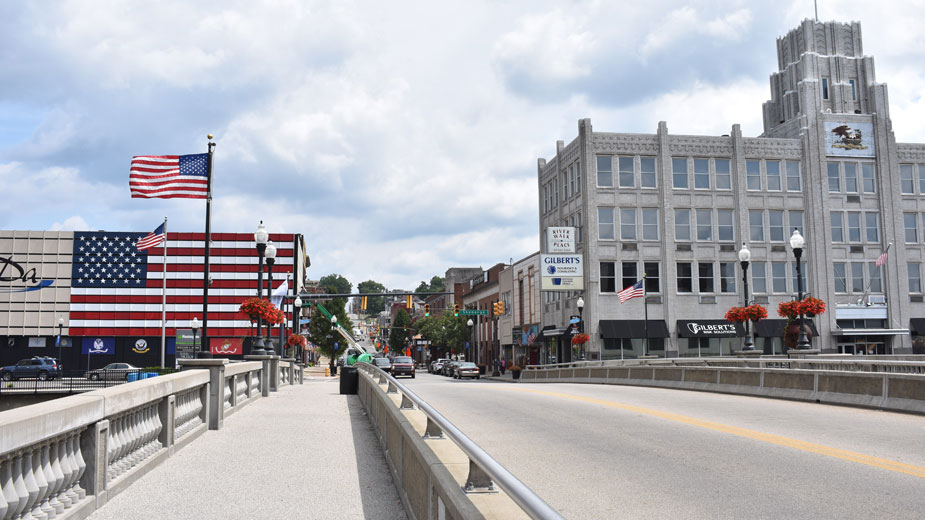SHARON, Pa. – Board members of the Shenango Valley Enterprise Zone Corp. say they want to enlarge the program’s boundaries, thereby allowing more opportunity for businesses to secure incentives to expand or relocate.
“This would open it up,” says William Moder, enterprise zone board member and president of the Hermitage Board of Commissioners. “It would give any eligible business the opportunity to participate.”
The Shenango Valley Enterprise Zone extends through six communities in Mercer County, Pa. As it stands, the program encompasses all of Sharpsville and Farrell but targets just portions of Sharon, Hermitage, Greenville and Wheatland. Essentially, the proposed expansion would incorporate the four communities in their entirety as an enterprise zone.
Moder says companies that locate in the enterprise zone area could be eligible for low-interest loans of up to $250,000 through the program. When it was established in 1985, the enterprise zone targeted the heavy industrial corridors along the Shenango River but excluded light industrial areas that could benefit. “It followed the Broadway Corridor and the light industrial areas were typically cut out,” he says.
In Hermitage, one enterprise zone tract runs along East State Street to North Keel Road; another surrounds the Broadway Avenue sector; a third encompasses the southwestern corner of the city at the Ohio border; a fourth targets the LindenPointe development. That leaves a large portion of the city ineligible for incentives, he says.
“It isn’t along state Route 18 at all,” Modor says, which has emerged as a target for new development.
In 2000, the program was modified to include all of Farrell and Sharpsville. But the other territorial restrictions remained in place.
In the past, Modor says, existing or potential businesses would inquire about low-interest loans only to find out they weren’t eligible because of their location. In some cases, it was a matter of feet from the enterprise zone designation.
The coordinator of the program, Jim Cardamon, noted the inclusion of the western side of Sharpsville Avenue in Sharon in the enterprise zone but not the eastern side of the street. “If we’re successful, the other side of the road would be eligible,” he says. “It would be the entire community.”
Enterprise zones are designated areas that allow political subdivisions to extend incentives such as tax breaks, grants and other inducements to encourage development in distressed communities. The Shenango Valley Enterprise Zone offers just the loan program. But it’s a program that has proven effective, Cardamon says. “Every loan we’ve made has helped.”
At present, Modor says the program has $1.6 million lent out through 14 active participants. Another $2 million remains untapped in the revolving loan fund. “We have $2 million sitting there that can be put to use,” he says. So far this year, the program has issued two loans totaling $450,000.
In 2017 and 2018, the program awarded just one loan each year. In 2019, no loans were issued.
A business can receive a loan provided it pledges to create or retain a specific number of jobs, Modor says. Most of the awards go to industrial ventures, he says, and are based on the size of the project and the number of jobs it retains or creates.
Cardamon says that the fund generally targets lending $30,000 per job created or retained up to $250,000. “We can consider up to 50% of a project with other partners,” he says.
The Shenango Valley Enterprise Zone Corp. will work with local agencies such as Penn Northwest Development Corp. to secure additional financing for larger projects, he says.
The 26-member board that oversees the enterprise zone voted unanimously in October to expand the program, says Brent Ward, board president.
Five of the six communities must agree to the changes, he notes.
A formal request was sent in late October asking each municipality and borough to consider the expansion.
Pictured: Downtown Sharon, Pa.
